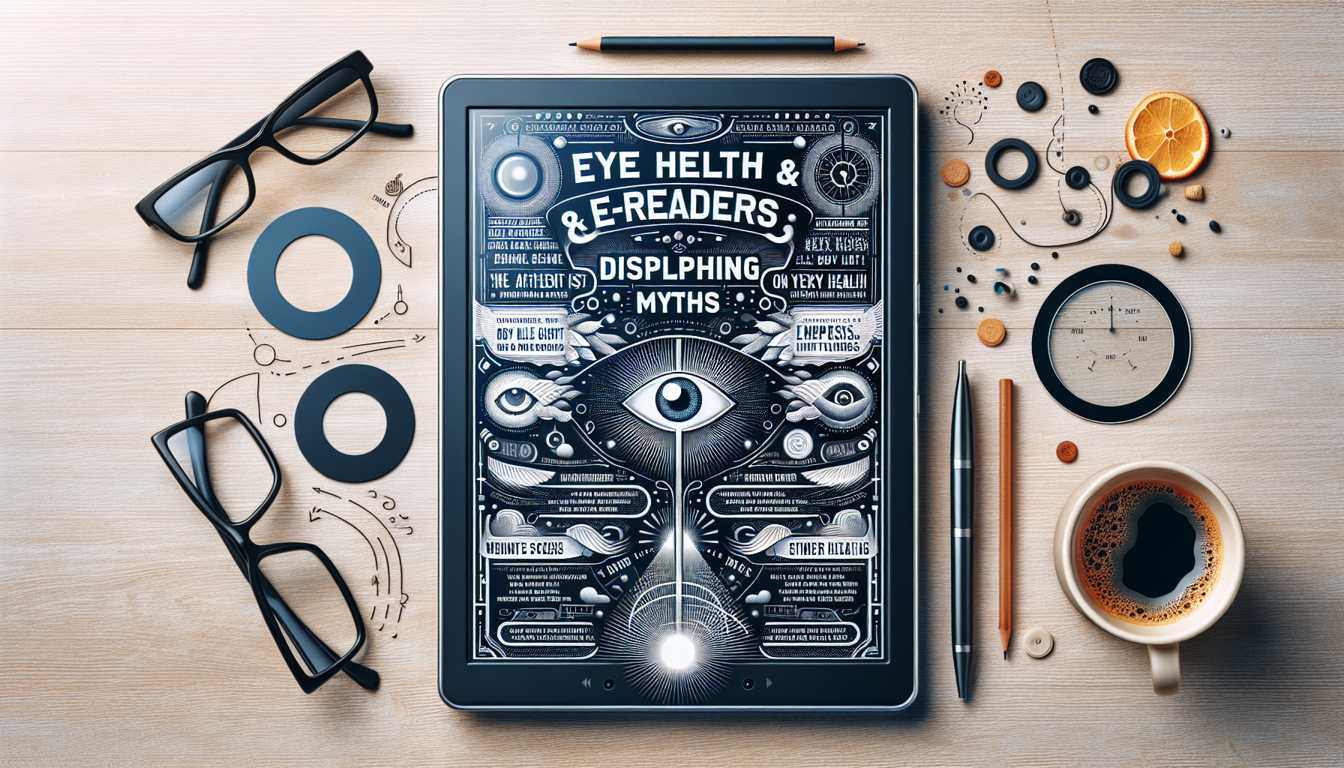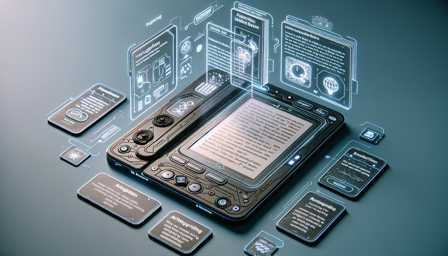
E-Readers and Eye Health: Debunking Common Myths
In today's digital age, e-readers, such as Amazon's Kindle, Barnes & Nobles' Nook, and Kobo, have emerged as a convenient alternative to conventional books. While they allow book enthusiasts to carry libraries in their pocket, there have been concerns associated with the potential effects of these devices on eye health. Myths abound, from the belief that they cause irreversible damage to the eyes, to claims that they have no impact at all. This article aims to dispel some of these myths, backed by scientific evidence, and provide an in-depth look into e-readers and eye health.
Myth 1: E-Readers Cause Permanent Eye Damage
Contrary to popular belief, there is no definitive scientific evidence that reading on e-readers causes long-term damage to the eyes. However, prolonged use of any digital screen, including e-readers, computers or mobile phones, may lead to symptoms associated with computer vision syndrome (CVS), like eye strain, dryness, fatigue, and headaches.
The principal cause of these symptoms has less to do with the screen itself but more with our reading habits. People often blink less often when reading on screens, leading to dry eyes, and read at uncomfortable distances or angles, causing eye strain.
Myth 2: All E-Readers Are The Same
E-readers are not all created equal. They can be broadly divided into two groups: Standard tablet devices like Apple's iPad, which use backlit Liquid Crystal Display (LCD) technology; and devices built explicitly for reading, like the Amazon Kindle Paperwhite, which use E-Ink technology.
Conventional tablets project light directly into your eyes, which can cause discomfort and eye fatigue, particularly in dark environments. On the other hand, E-Ink e-readers mimic the appearance of actual ink on paper and reflect light similarly to how paper does, which tends to be gentler on the eyes.
Myth 3: Reading on E-Readers Is Worse Than Reading on Paper
The impact of e-readers on eye health compared to reading on paper largely depends on the screen technology and reading environment. Properly lit e-ink e-readers, such as the Kobo Libra 2, can offer a comparable reading experience to paper books, putting no additional strain on the eyes.
Myth 4: E-Readers Don't Have Blue Light
This is one of the most prevalent myths and can be factually incorrect depending on the type of e-reader you're using. LCD e-readers, like an iPad or an Amazon Fire tablet, emit substantial amounts of blue light, similar to your laptop or smartphone screen, which might interfere with your circadian rhythm if used before bed.
However, e-ink e-readers like the Kindle Paperwhite or Barnes & Noble’s Nook GlowLight 4, do not have a backlight and emit minimal to no blue light, making them a better choice for nighttime reading.
Myth 5: E-Readers Are Completely Safe for the Eyes If You Use Them Properly
While using e-readers properly can drastically reduce eye strain, that doesn't necessarily mean they’re totally safe for the eyes. The risks are not about permanent damage, rather the comfort of your eyes while reading. Even while following the 20-20-20 rule (taking a 20-second break to view something 20 feet away every 20 minutes), keeping the device at a safe distance, and adjusting the screen brightness optimally, your eyes might still feel tired after several hours of reading.
It is always important to listen to your body and give your eyes a break when they are feeling tired.
Conclusion
While it's correct to be concerned about your vision in today's digital world, it's equally important to be informed about the true effects of e-readers on eye health. Not all e-readers are built the same, and proper use, combined with regular breaks, can ensure a comfortable reading experience. When handled right, e-readers could indeed be your portable library without compromising your eye health.



